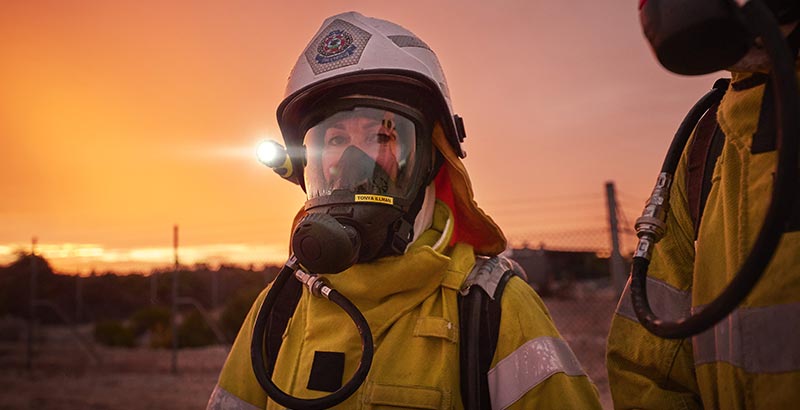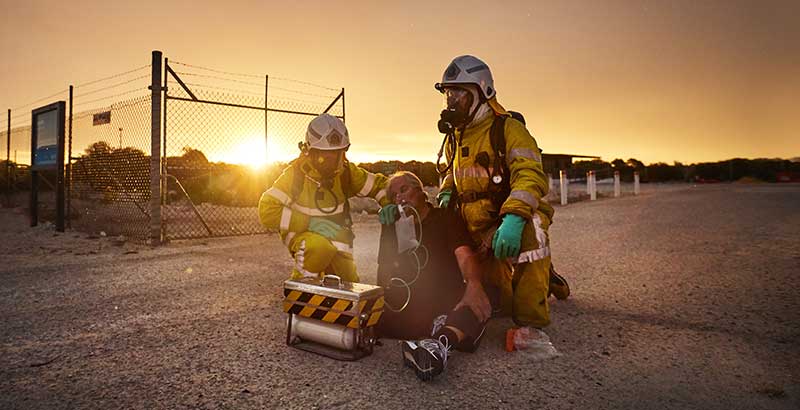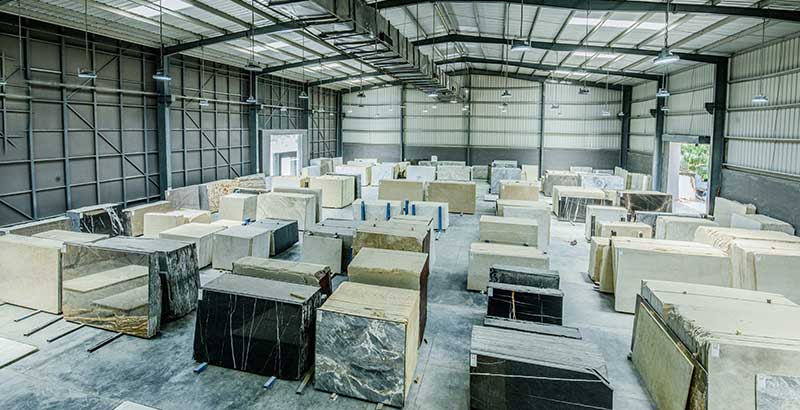Fire or life threatening emergencies: 000
Emergency Information: 13 3337
SES Emergency Assistance: 132 500
Hazardous materials (HAZMAT) are substances that are capable of causing loss of life, injury to a person, or damage to the health of a person or to the environment.
Every year emergency services respond to a range of HAZMAT incidents. These can involve explosives, compressed gases, flammable liquids and gases, poisons, corrosive substances, radioactive materials and infectious materials.


Exposure to some hazardous materials will cause serious injury or be fatal for both people and animals. HAZMATs can also damage buildings, homes, property, and the environment.
Effects vary depending on the type of substance and the level of exposure.
Exposure usually occurs through breathing it in, skin contact or swallowing it. Serious health effects include headaches, nausea or vomiting, blistering skin and rashes. Chronic health effects include asthma, dermatitis, nerve damage or cancer.
Did you know? DFES responds to almost 1,000 hazardous situations each year?
HAZMAT incidents can happen during the production, storage, transportation, use or disposal of materials. You are at risk when chemicals are used unsafely or released in harmful amounts where you live, travel, work or play.
Containing uncontrolled hazardous materials is a complex and challenging task requiring a range of different response methods to ensure everyone’s safety.

Did you know? The most common HAZMAT incident DFES responds to involves chlorine?

It is a good idea to be prepared and know what to do if a HAZMAT warning is issued or you find yourself in danger from a hazardous material. These preparatory steps could also help keep your household safe if faced with other hazards.
Having an up to date emergency kit stored in a waterproof plastic container can better prepare your household for all hazards. Everyone in your household should know where the emergency kit is and be able to reach it.
Your emergency kit should include:
Businesses must have an Emergency Management Plan that covers managing the risks associated with using, handling, generating and storing hazardous materials. For information on developing a plan please visit the Department of Mines, Industry Regulation and Safety website.

If a HAZMAT incident threatens the community, DFES will provide alerts and warnings on Emergency WA.
It’s important you know how to access different information sources to stay up to date if a HAZMAT incident occurs near you.
Call 13 DFES: 133 337
Listen to ABC local radio
Main Roads WA or call 138 138